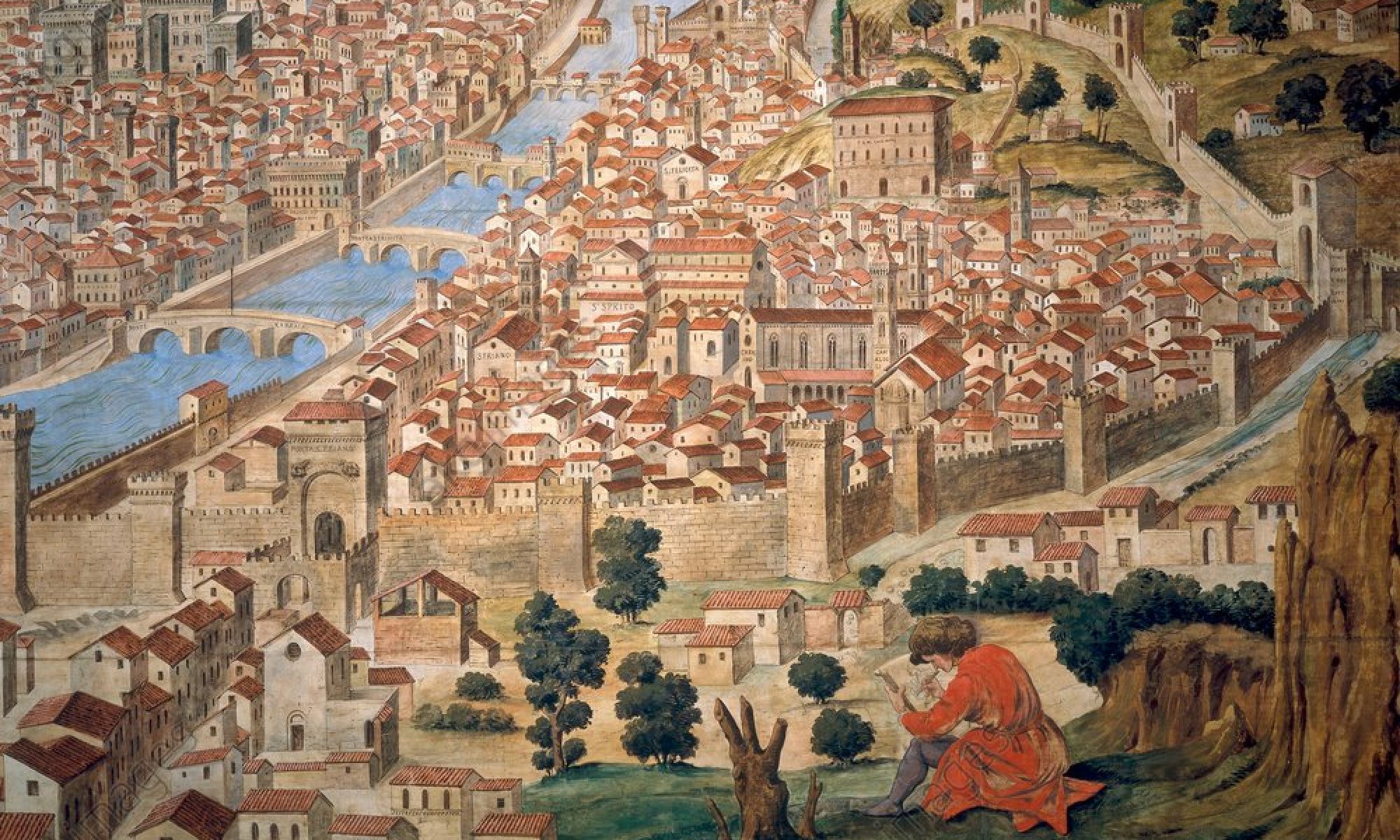The Bitter Trade “A scurrilous tale, one which warns rather than elevates, of title without value and no noblesse”
Paperback: 432 pages
Publisher: Tenderfoot (12 Jun 2014)
Language: English
ISBN-10: 099286450X
ISBN-13: 978-0992864507
http://www.amazon.co.uk/The-Bitter-Trade-Piers-Alexander/dp/099286450X/ref=tmm_pap_title_0
Calumny Spinks. A crass, grimy unholy no-good, who by all rights should have ended up in a red coat or at the end of a noose, but by stint of his unfortunate luck, unfortunate breeding and unfortunate parentage ends up saddled as the hero of Piers Alexander’s debut novel Bitter Trade.
To say the hero is an anti-hero is to achieve high levels of understatement, if his life had not so far been a succession of cruel disappointments and calamities, so much so that he must be pitied, he would be the sort of guttersnipe true villains are made of. However I was pleased to see that the hero is accurately portrayed with some religious belief and prejudice common to the time, he’s not going to please many Catholic readers but I doubt Protestants are overjoyed with Perez Reverte’s brilliant Alatriste novels.
But as it is, his predicament is not his own doing, and it is because of this that one identifies with, him by commiserating with him. He inherits the sins of his father, whose secrets trap him as a nobody with no future, and so, angry at the world and eager to use anyone he can to become someone, he uses his smart mouth and striking looks (yes he’s irresistible to women) to cheat debt, death and ignominy. Alexander paints this likeable and unlikeable boy well, at war with the world and a mass of contradictions, he is a character well created.
The story is set against the “Glorious Revolution of 1688” and anyone who decides to set a novel in these usually overlooked times deserves a clap. Calumny and his associates are entangled in a mysterious web of intrigue and treason, the heart of which is artfully concealed, allowing for many twists and turns to keep you wondering what will happen next.
The book is a pseudo memoir, giving it immediacy, thus the language is deliberately archaic, but it is un-honeyed, threatening and hard in tone, and you shouldn’t get lost, and there are also modern plot devices to act as direction markers if you do. Coffee as you’d expect plays a central role, but its more the people who sell the bean rather than the drink itself that the book centres on.
It’s very well paced, flowing with the smoothness of java, even when things get complicated. It’s slow at first, then picks up speed and clarity, its chapter structure made it able for me to slice through chapters at a fast rate. It’s got a solid niche story, mostly rooted in history with bags of plot, (enough to fill a coffee warehouse), lots of intrigue, grime and general sordid doings, vivid characters, and minute detail.
I think I could give a very precise guess at where one would look to find Calumny in 15 years, but I shall follow the example of so many of the shadowy characters in this book and keep it to myself. I shall look at you over my shoulder with a knowing smile and tap my nose secretively, then disappear into the shadows.
Happy reading.
Josh.













